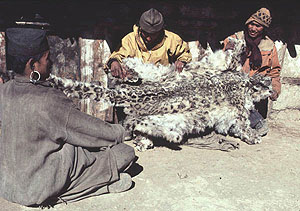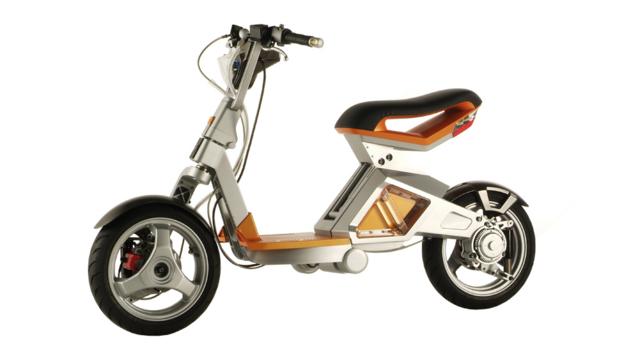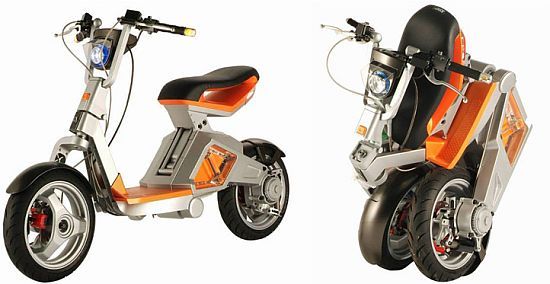Three snow leopards have been spotted in the Yushu hills in central China
The animals are endangered, which makes seeing three of them in one place all the more surprising.
Three snow leopards have been spotted in the Yushu hills in central China
The animals are endangered, which makes seeing three of them in one place all the more surprising.
Why Are Snow Leopards Endangered?
There are three main reasons that snow leopards are in trouble. The first reason is that the bones, skin and organs of large cats are valuable in traditional Asian medicine. Tigers are the prefered species for this purpose, but tigers are so rare that it is almost impossible to find one in the wild so snow leopards are substituted for tigers. When you consider that the people who live near snow leopards often earn less than 300 dollars per year and that a poacher can get perhaps $200 for a dead snow leopard (though a middleman can resell it for up to $10,000), it isn’t hard to understand why snow leopards are at risk.
Humans are a second reason that snow leopards are endangered. Humans have pushed ever further with their livestock into the snow leopard’s habitat. Overgrazing damages the fragile mountain grasslands, leaving less food for the wild sheep and goats that are the snow leopard’s main prey. With less food for the wild sheep and goats, there become fewer of these animals for the snow leopard. This leaves the snow leopard with little choice but to prey on the domestic livestock for their own survival. An unhappy farmer, arriving at his goat pen one morning to find that all of his goats have been killed by a snow leopard, might retaliate by killing the snow leopard if he can find it.
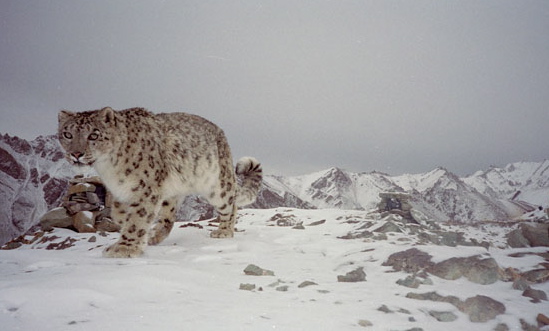 The Snow Leopard Conservancy is just one of many organizations that are trying to help the troubled animals of the world. There are organizations that are trying to help elephants (one is Save The Elephants) others are trying to help bats (Bat Conservation International for instance). There are organizations that are trying to help preserve the world’s plants. (The Tropical Forestry Initiative is trying to restore Costa Rica’s rainforest.)
The International Union for the Conservation of Nature (which is known as IUCN for short) is a world-wide organization whose membership is made up of many hundreds of smaller organizations devoted to every part of the effort to preserve the natural world. It is a very old and respected scientific organization. You can go to their web site and learn about them.
The IUCN has defined the criteria that indicates when a species is in trouble. If the species is in big trouble they might be listed in the IUCN’s “Red List of Threatened Species.”
CITES is a second organization that attempts to identify animal species that might be in trouble. CITES is the United Nations Convention on International Trade in Endangered Species. CITES bans or strictly limits trade of animals or their body parts. CITES lists snow leopards in Appendix 1 (most endangered). As of 2007 only Tajikistan had yet to sign the CITES agreement.
The Snow Leopard Conservancy is just one of many organizations that are trying to help the troubled animals of the world. There are organizations that are trying to help elephants (one is Save The Elephants) others are trying to help bats (Bat Conservation International for instance). There are organizations that are trying to help preserve the world’s plants. (The Tropical Forestry Initiative is trying to restore Costa Rica’s rainforest.)
The International Union for the Conservation of Nature (which is known as IUCN for short) is a world-wide organization whose membership is made up of many hundreds of smaller organizations devoted to every part of the effort to preserve the natural world. It is a very old and respected scientific organization. You can go to their web site and learn about them.
The IUCN has defined the criteria that indicates when a species is in trouble. If the species is in big trouble they might be listed in the IUCN’s “Red List of Threatened Species.”
CITES is a second organization that attempts to identify animal species that might be in trouble. CITES is the United Nations Convention on International Trade in Endangered Species. CITES bans or strictly limits trade of animals or their body parts. CITES lists snow leopards in Appendix 1 (most endangered). As of 2007 only Tajikistan had yet to sign the CITES agreement.
There are three main reasons that snow leopards are in trouble. The first reason is that the bones, skin and organs of large cats are valuable in traditional Asian medicine. Tigers are the prefered species for this purpose, but tigers are so rare that it is almost impossible to find one in the wild so snow leopards are substituted for tigers. When you consider that the people who live near snow leopards often earn less than 300 dollars per year and that a poacher can get perhaps $200 for a dead snow leopard (though a middleman can resell it for up to $10,000), it isn’t hard to understand why snow leopards are at risk.
Humans are a second reason that snow leopards are endangered. Humans have pushed ever further with their livestock into the snow leopard’s habitat. Overgrazing damages the fragile mountain grasslands, leaving less food for the wild sheep and goats that are the snow leopard’s main prey. With less food for the wild sheep and goats, there become fewer of these animals for the snow leopard. This leaves the snow leopard with little choice but to prey on the domestic livestock for their own survival. An unhappy farmer, arriving at his goat pen one morning to find that all of his goats have been killed by a snow leopard, might retaliate by killing the snow leopard if he can find it.


The Snow Leopard Conservancy is just one of many organizations that are trying to help the troubled animals of the world. There are organizations that are trying to help elephants (one is Save The Elephants) others are trying to help bats (Bat Conservation International for instance). There are organizations that are trying to help preserve the world’s plants. (The Tropical Forestry Initiative is trying to restore Costa Rica’s rainforest.)
The International Union for the Conservation of Nature (which is known as IUCN for short) is a world-wide organization whose membership is made up of many hundreds of smaller organizations devoted to every part of the effort to preserve the natural world. It is a very old and respected scientific organization. You can go to their web site and learn about them.
The IUCN has defined the criteria that indicates when a species is in trouble. If the species is in big trouble they might be listed in the IUCN’s “Red List of Threatened Species.”
CITES is a second organization that attempts to identify animal species that might be in trouble. CITES is the United Nations Convention on International Trade in Endangered Species. CITES bans or strictly limits trade of animals or their body parts. CITES lists snow leopards in Appendix 1 (most endangered). As of 2007 only Tajikistan had yet to sign the CITES agreement.
A Map of the Snow Leopard’s Range
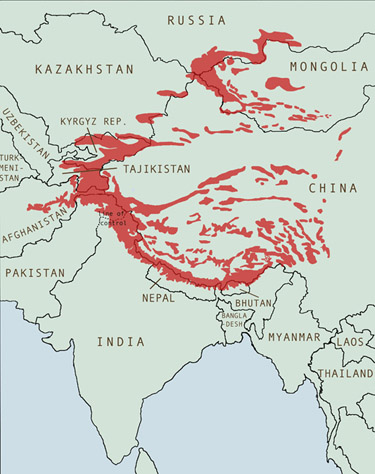
Quick Facts:
- There may be 4,500 – 7,500 snow leopards left in the wild
- Snow Leopards are confirmed to live in 12 countries of Central Asia.
- Their range covers 1.2-1.6 sq. km. (463,000-618,000 sq. mi.)
- A snow leopard’s home range can be as little as 12 sq.km. (4.6 sq.mi.) in productive habitat, to 500 or more sq.km. in the Gobi Desert of Mongolia
- Up to a third of the snow leopard’s range falls along international borders. Relations between some of the countries are hostile, complicating conservation initiatives.
- There may be 4,500 – 7,500 snow leopards left in the wild
- Snow Leopards are confirmed to live in 12 countries of Central Asia.
- Their range covers 1.2-1.6 sq. km. (463,000-618,000 sq. mi.)
- A snow leopard’s home range can be as little as 12 sq.km. (4.6 sq.mi.) in productive habitat, to 500 or more sq.km. in the Gobi Desert of Mongolia
- Up to a third of the snow leopard’s range falls along international borders. Relations between some of the countries are hostile, complicating conservation initiatives.
